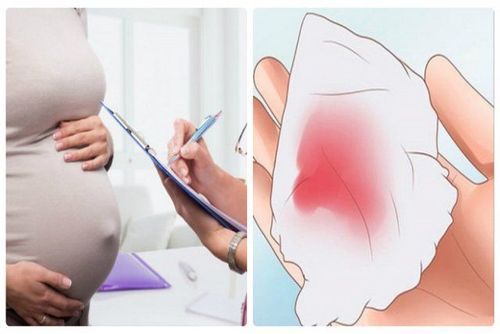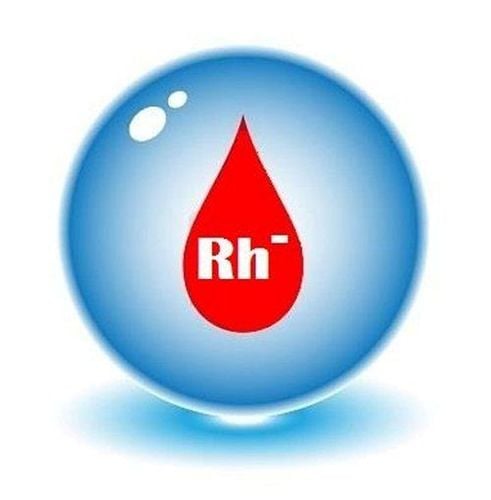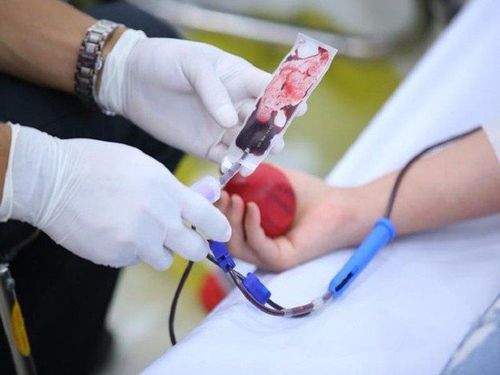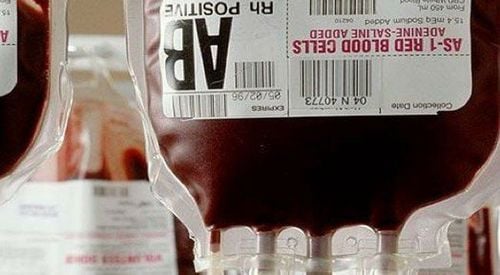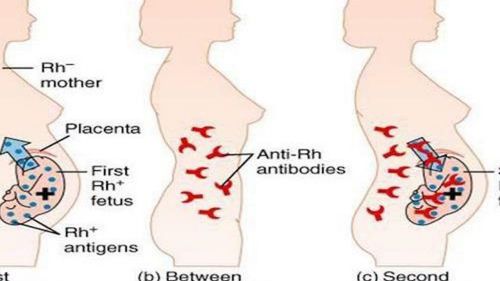This is an automatically translated article.
You may have heard of the 4 basic blood types: A, AB, B and O and the positive or negative variations of these blood groups. But did you know that these 4 types can be divided into many different blood types as well?
1. What is blood group?
Our blood contains antigens that cover the surface of red blood cells and these antigens are important for determining blood type for the purpose of donating or receiving blood. If a person receives blood that contains antigens that do not match the blood type of the donor, the recipient's immune system will try to attack the foreign blood cells, which can lead to death. Knowing blood type information is very important in emergency work for patients, especially those with rare blood types.
Each drop of blood contains red blood cells, which carry oxygen throughout your body; In addition, blood also contains white blood cells that help the body fight infections and platelets that play an important role in blood clotting.
But that's not all components of the blood. Your blood also contains antigens, which are proteins and sugars located on the surface of red blood cells, and this is how scientists classify each person's blood type. While there are at least 33 blood grouping systems, in clinical practice only two are widely used. These are the ABO and Rh-positive/Rh-negative blood group systems. Together these two systems form the eight basic blood types that most people are familiar with:
Blood group A positive Blood group A negative Blood group B positive Blood group B negative Blood group AB positive Blood group AB negative Blood group O positive Blood group O negative.
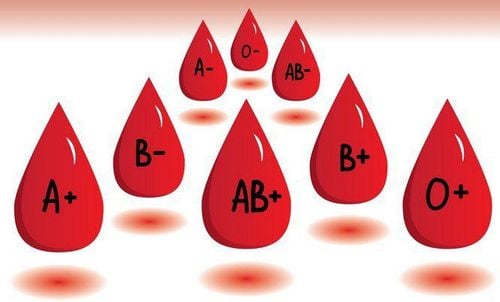
Nắm rõ được thông tin nhóm máu rất quan trọng trong công tác cấp cứu người bệnh, đặc biệt là những người thuộc nhóm máu hiếm
2. What determines blood type?
Blood type is determined by genetics. You inherit genes from your parents - one from your mother and one from your father - to create your blood type.
3. ABO . blood group system
When it comes to blood type, you can inherit A antigens from one parent and B antigens from the other, resulting in you having type AB blood. You can also get B antigens from both parents, giving you type BB or blood type B.
On the other hand, type O doesn't have any antigens and has no effect on A and B blood types. This means that if you inherit O from your mother and A from your father, your blood type will be A. It is also possible that two people with blood type A or type B can have a child with blood type O if both parents are both blood type A. carry the O antigen. For example, a parent with AO blood can each pass the O antigen to their child, producing OO (or simply O) blood. There are six outcomes in this combination (AA, AB, BB, AO, BO, OO), which are called genotypes. Four blood types (A, B, AB and O) come from these genotypes.
4. Rh . Factor
Blood type is also classified according to the Rh factor. This is another type of antigen found on red blood cells. If the cells have antigens, they will be considered Rh positive. If they don't, then they are considered Rh negative. Depending on whether Rh antigens are present or not, each blood type is written after the name with a positive or negative symbol, for example A positive blood group is written as A+.
5. So what is the rarest blood group?
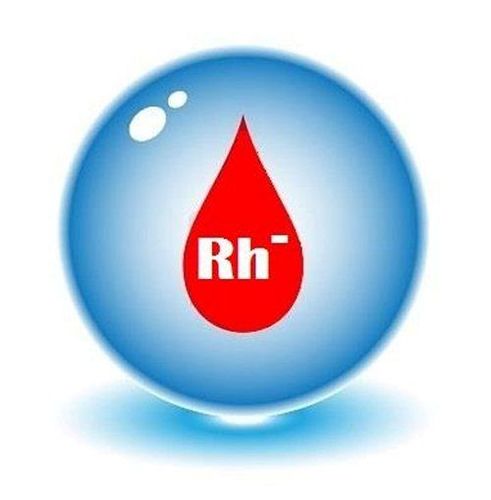
những người có nhóm máu Rh- ở nước ta thuộc cộng đồng người có nhóm máu hiếm
In Vietnam, up to 99.96% of people belong to Rh+ blood group (or O+ or B+ or A+ or AB+, in descending order) but only 0.04%-0.07% of people belong to blood group Rh- (or O- or B- or A- or AB-) blood. According to the International Association of Blood Transfusion, blood group with a prevalence of less than 0.1% in the community is called a rare blood group and less than 0.01% is called a very rare blood group. Therefore, people with Rh- blood group in our country belong to the community of people with rare blood type (4-7 people in 10,000 have Rh- blood type).
In the United States, AB negative blood type is the rarest blood group and O positive blood type is the most common. The Stanford Medical School Blood Center ranks rare blood types in the United States from rarest to most common as follows:
AB negative (0.6 percent) B negative (1.5 percent) AB positive positive (3.4 percent) A negative (6.3 percent) O negative (6.6 percent) B positive (8.5 percent) A positive (35.7 percent) O positive (37.4 percent). Different populations have different proportions of blood types. For example, in India, the most common blood type is B positive, while in Denmark it is A positive. In addition, different variations coexist among different groups of people in the United States. According to the Red Cross, Asian Americans are more likely to have blood type B positive than Latinos and whites.
6. Is there any problem when you have a rare blood type?
People with the rare Rh- blood group are at higher risk than people with other blood types for the following reasons:First, when they need a blood transfusion (eg due to an accident causing blood loss; acute surgery) help,...) then this rare blood type is not always available in medical facilities or hospitals. Second, in case the mother has Rh- blood group and the father has Rh+ blood group, according to the laws of inheritance, at least 50% of children born with the same blood group as their father are Rh+. In the case of the first pregnancy, the child with the Rh + blood group will still develop normally until birth if the pregnancy and the placenta are not damaged. But from the second pregnancy on, if the fetus still has Rh + blood group, there are often serious problems due to blood group incompatibility between mother and child: because the mother's body produces antibodies that cross the placenta against Rh(D)+ antigen is present on the baby's red blood cell surface and causes red blood cell agglutination, also known as hemolysis; The consequences can be miscarriage, stillbirth, premature birth, or a baby born with an intellectual disability. Third, women with Rh- blood group, who have been pregnant with Rh+ blood group, can still have a blood transfusion accident right at the first time receiving Rh+ blood. If you have a need for consultation and examination at the Hospitals of the national health system, please book an appointment on the website for service.
Please dial HOTLINE for more information or register for an appointment HERE. Download MyVinmec app to make appointments faster and to manage your bookings easily.
Reference source: healthline.com



